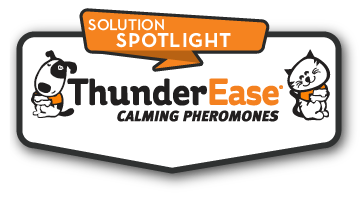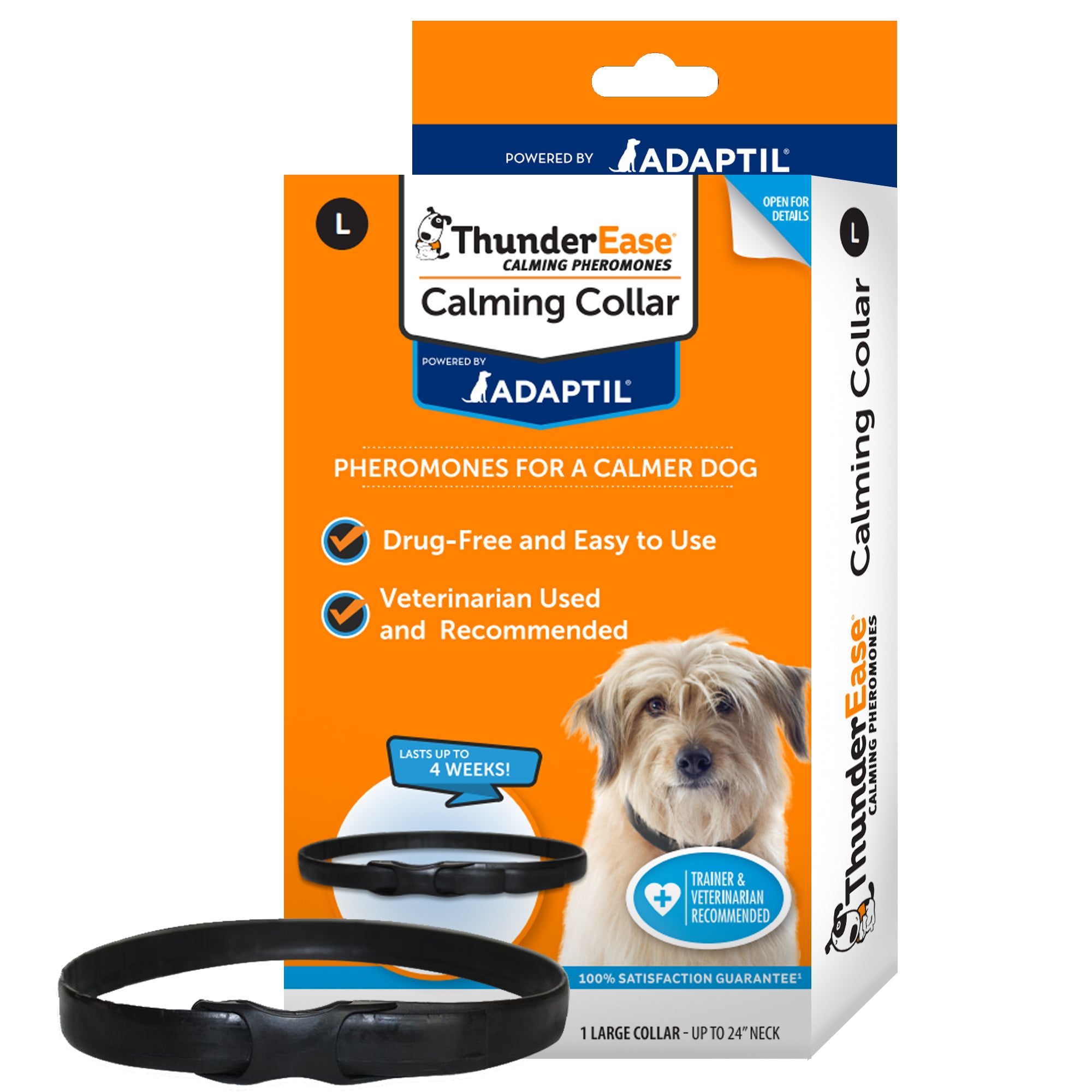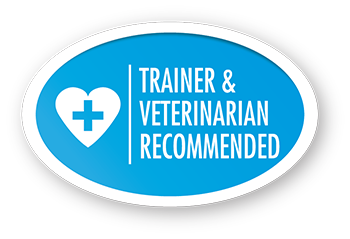How to Help Your Dog with Separation Anxiety
One of the most common frustrations of dog owners is that their pup can be destructive when they are gone. It is possible that there are behavioral issues that need to be addressed, but it could also be because they are experiencing separation anxiety. Separation anxiety is a condition in which dogs suffer severe mental or emotional distress when separated from their owner or primary attachment figure. Even if you wanted to, you can’t be home at all times, so here are a few tips, and a couple of products that can help to reduce separation anxiety for your dog when you are gone. As always, check with your vet to make sure nothing is going on medically first.
Try a ThunderEase Calming Collar
- The ThunderEase® Calming Collar is Powered by Adaptil, the #1 Vet Recommended Solution to reduce separation anxiety in dogs
- ThunderEase® mimics the pheromones a mother dog produces when she is nursing her puppies, which helps dogs to feel more comfortable and calm
- Your dog's natural body heat will activate the calming pheromones, which will keep them calm all day long
Exercise Your Dog Before You Leave
- A tired dog will have less energy to get into trouble, and may even just nap while you are gone
- Wrap up your exercise session at least 30 minutes before you leave so they have time to calm down
Try to Take the Emotion Out Of Leaving and Arriving
- Often times, dogs emulate your feelings, so if you make a big deal about leaving, they also think it is a big deal
- If your dog jumps on you when you get home, try to ignore them by turning your back
- Once they have calmed down, greet them calmly
Give Your Dog a Special Treat Before You Leave
- You could try a bone, or chew toy
- This can help to keep them occupied, and not as aware that you aren’t there


 Skip to content
Skip to content



